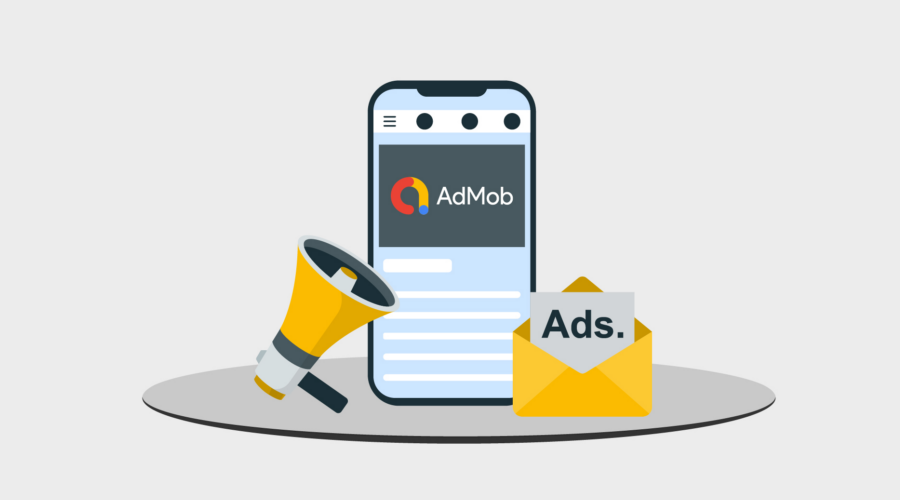In today’s mobile-driven world, app developers are constantly exploring ways to monetize their creations effectively. Google AdMob, a mobile advertising platform developed by Google, has emerged as a go-to solution for app developers seeking to generate revenue through in-app ads. With its user-friendly interface, powerful targeting capabilities, and seamless integration with Google services, AdMob offers a wide range of ad formats to maximize app monetization. In this blog, we will delve into the details of Google AdMob and how it empowers app developers to unlock the full potential of their apps through mobile advertising.
What is Google AdMob?
Google AdMob is a mobile advertising platform that enables app developers to display targeted ads within their mobile apps. As a part of the Google ecosystem, AdMob offers access to a vast pool of advertisers, ensuring a steady flow of high-quality ads to engage users and drive revenue. By integrating AdMob into their apps, developers can monetize their user base while maintaining a positive user experience.
Key Features of Google AdMob:
1. Ad Formats:
AdMob offers a variety of ad formats to suit different app layouts and user experiences. These formats include banner ads, interstitial ads, native ads, and rewarded ads, providing developers with flexibility in ad placement.
2. Smart Ad Serving:
AdMob’s smart ad serving technology optimizes ad placement to maximize revenue while considering factors like ad relevance, user engagement, and ad format suitability.
3. Targeting Capabilities:
AdMob’s powerful targeting capabilities ensure that users receive ads that are relevant to their interests and demographics. This increases the likelihood of ad clicks and conversions.
4. Mediation:
AdMob’s mediation feature allows developers to access a broad range of ad networks and demand sources, maximizing the fill rate and overall ad revenue potential.
5. Rewarded Ads:
With rewarded ads, developers can offer users in-app rewards (such as virtual currency or extra lives) in exchange for watching a video ad. This incentivizes users to engage with ads willingly.
6. Real-Time Analytics:
AdMob provides real-time analytics and reporting, enabling developers to monitor ad performance, user engagement, and revenue in real-time. This data-driven approach allows for quick optimizations and informed decisions.
Getting Started with Google AdMob:
1. Create an AdMob Account: To get started with AdMob, developers need to create an AdMob account using their Google account credentials.
2. Register an App: After creating an AdMob account, developers need to register their app within the AdMob dashboard. This involves providing app details and integrating the AdMob SDK into the app.
3. Choose Ad Formats and Ad Units: Developers can select the ad formats they want to use within their app and create ad units accordingly. Ad units define where the ads will appear within the app.
4. Integrate the AdMob SDK: To display ads within the app, developers need to integrate the AdMob SDK into the app’s code. The SDK is available for various mobile platforms, including Android and iOS.
Conclusion:
Google AdMob is a powerful mobile advertising platform that empowers app developers to generate revenue through in-app ads. With its extensive range of ad formats, smart ad serving technology, and robust targeting capabilities, AdMob ensures that developers can effectively monetize their apps while delivering a positive user experience. By integrating AdMob into their apps, developers can unlock the full potential of their creations and tap into a vast pool of advertisers within the Google ecosystem. Whether you’re a seasoned app developer or just starting, Google AdMob is a valuable tool to drive app monetization and make your app a financial success in the competitive mobile app market.





